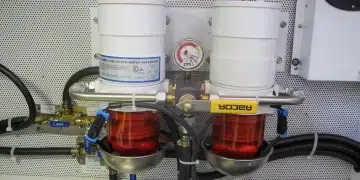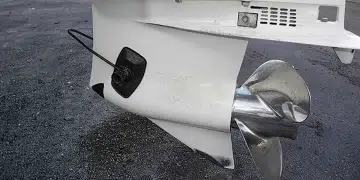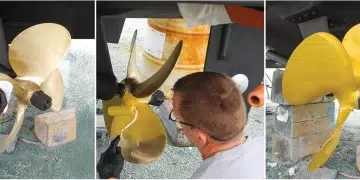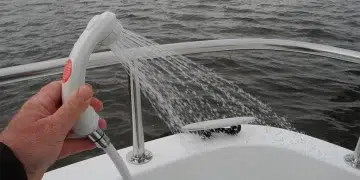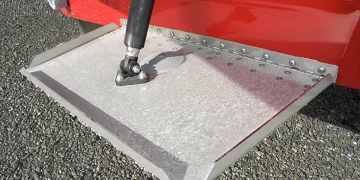Live Bait Well Maintenance Tips for a Successful Fishing Trip
The key to a successful catch
Whether you’ve been fishing for years or this is your first season with a trailer boat, proper care of your bait well is key to a successful day’s catch. The type of live bait you need depends on where you plan to fish—freshwater or salt, inshore or offshore. Be sure to select the type of live bait well and volume you require and use these live bait well maintenance tips for a successful outing.
Size and Shape Matter
One rule of thumb I have heard from many fishermen is you need one gallon of water per fish. Of course, the bigger the baitfish the more volume of water you will need for them to swim around—and I do mean around. It is better to avoid bait wells with corners like an ice chest may have. Their natural swimming circle can result in damage to a baitfish if they are bumping into the cornered walls.
Pilchards (sardines), pinfish (perch), mud minnows, or croakers all have an overcrowding concern, and ammonia pollution is a real issue. Keep the water flowing and aerated so they will get fresh oxygen. Shrimp may not need as much water as live swimming fish require, but overcrowding can still be a concern.
And, of course, keep the bait well cooled. White reflective colors are better to maintain cooler temperatures. Don’t forget to keep the top covered to reflect the sun. Recently, one old salt shared a tip to put a frozen water bottle in the live bait well water. This effectively maintained cooler water conditions for him. But there is such a thing as being too cool for school. We want live bait, not frozen bait.
Keep it Lively
Just like in an aquarium, keep the water clean and refreshed with new water when possible. Always aerate to provide fresh oxygen for the fish to “breathe.”
Water turnover or refreshing water volume is critical to keeping your baitfish alive. Some pumps range in water flow rates of 500 gph to more than 1,100 gph. If the water flow is too violent in the well, consider reducing the flow rate by partially closing a valve. This is delicate bait. Preserve them, alive and spunky until you need them.
Keep it Clean
Consider that your hands are contaminated. After wiping sweat off your brow or spreading suntan lotion, reaching in to grab a baitfish is taboo. Use a small net to scoop the live swimmers instead. Remove any dead bait or floaters for later. But try to use all the live baitfish before setting dead bait on your hook.
After a good day of fishing, you may still have leftover live bait. Be a sport and release them in the clean water where you are fishing. If you notice any dead bait, use it for a few more casts before heading back to the dock. And if you are at least three miles offshore, discard it for other fish to enjoy.
Look at the entire empty live bait well container for any debris, seaweed, fish waste, or slime. Rinse it while cruising home or wait until you reach the boat ramp to hose it out. Be sure to not block anyone else from the freshwater hose. Also take the time to flush your motor and hose off the trailer axle and springs (see DIY, February 2024).

Subscribe Here For Weekly Updates
Prep for Next Time
Cycle the sea cock valve handle to exercise the valve and confirm it is closing properly. Remove any screens from the recirculating stream and place on the bottom of the well tank. Fill the tank three-quarters full of freshwater and add distilled white vinegar. If equipped, run the pump on recirculate or in the closed position since the boat is no longer floating in the water. The vinegar will help descale the pump and connecting hoses.

Next, pour hydrogen peroxide into the water mixture. This will aid in cleaning fish waste, algae, and slime from the fish. Run the aerators and scrub the entire well, top, bottom, and walls. Don’t forget the lid. Of course, you can also use this cleaning process if the boat has been stored for a long time. Mildew may have grown which may foul the system.
When all is clean (about 20 to 30 minutes of recirculating), drain and rinse well with freshwater. Let it dry before reassembling the screens and other parts of the system. Now you and your live bait well are ready for your next big day of fishing.
-by Capt. Chris Caldwell
Related Posts
The post Live Bait Well Maintenance Tips for a Successful Fishing Trip appeared first on Southern Boating.
